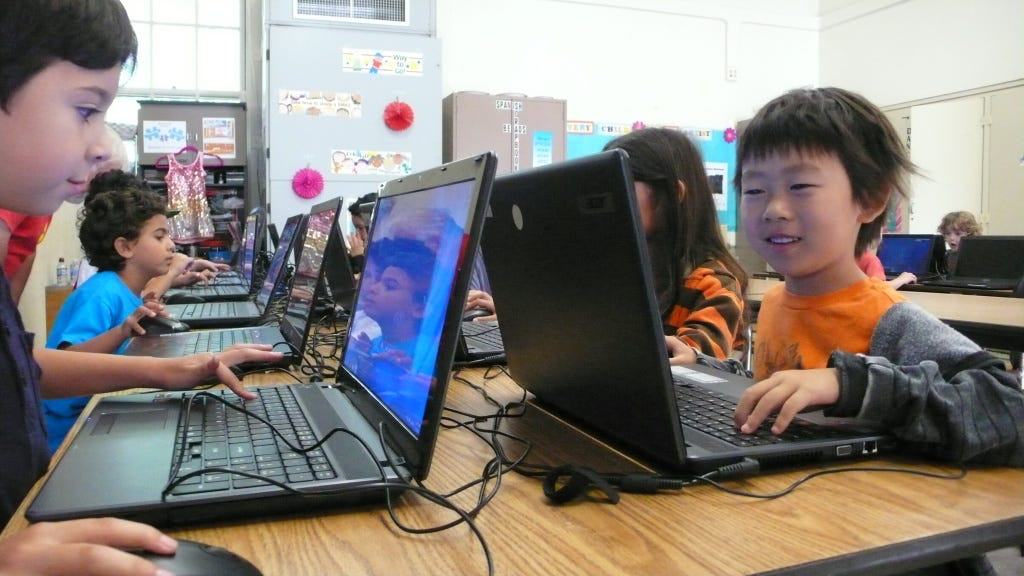In recent years, educational game technology has emerged as a powerful tool in the realm of learning and development. With its interactive and engaging nature, educational games have the potential to ignite curiosity, foster critical thinking skills, and enhance the overall learning experience for students of all ages.
Engagement through Gamification
One of the key benefits of educational game technology is its ability to gamify learning. By incorporating game elements such as challenges, rewards, and progression systems into educational content, students are more likely to stay motivated and engaged in the learning process. This gamified approach can transform seemingly mundane subjects into exciting adventures, making learning both enjoyable and effective.
Hands-On Learning
Educational games offer a hands-on learning experience that encourages active participation and experimentation. Whether it’s solving math puzzles, exploring historical settings, or conducting virtual science experiments, students have the opportunity to apply theoretical concepts in a practical and immersive context. This hands-on approach not only deepens understanding but also instills a sense of curiosity and discovery that is essential for lifelong learning.
Personalized Learning Pathways
Another advantage of educational game technology is its ability to provide personalized learning pathways. Through adaptive algorithms and data analytics, educational games can track student progress, identify areas of strength and weakness, and tailor content to individual learning styles and preferences. This personalized approach ensures that students receive targeted support and guidance, allowing them to learn at their own pace and maximize their potential.
Collaborative Learning Opportunities
Educational games also facilitate collaborative learning opportunities, allowing students to work together towards common goals and solve problems as a team. Whether it’s through multiplayer modes, online forums, or virtual classrooms, students can engage in meaningful interactions, share ideas, and learn from each other’s experiences. This collaborative environment not only promotes social skills and communication but also fosters a sense of community and belonging among learners.

Closing Thoughts
In conclusion, educational game technology has the potential to revolutionize the way we teach and learn. By harnessing the power of gamification, hands-on learning, personalized pathways, and collaborative opportunities, educational games can inspire a love for learning, spark curiosity, and empower students to reach their full potential. As we continue to explore the possibilities of educational game technology, it is essential to embrace innovation, creativity, and the transformative potential of games in education. By doing so, we can create engaging, meaningful, and impactful learning experiences that prepare students for success in the 21st century and beyond.























+ There are no comments
Add yours